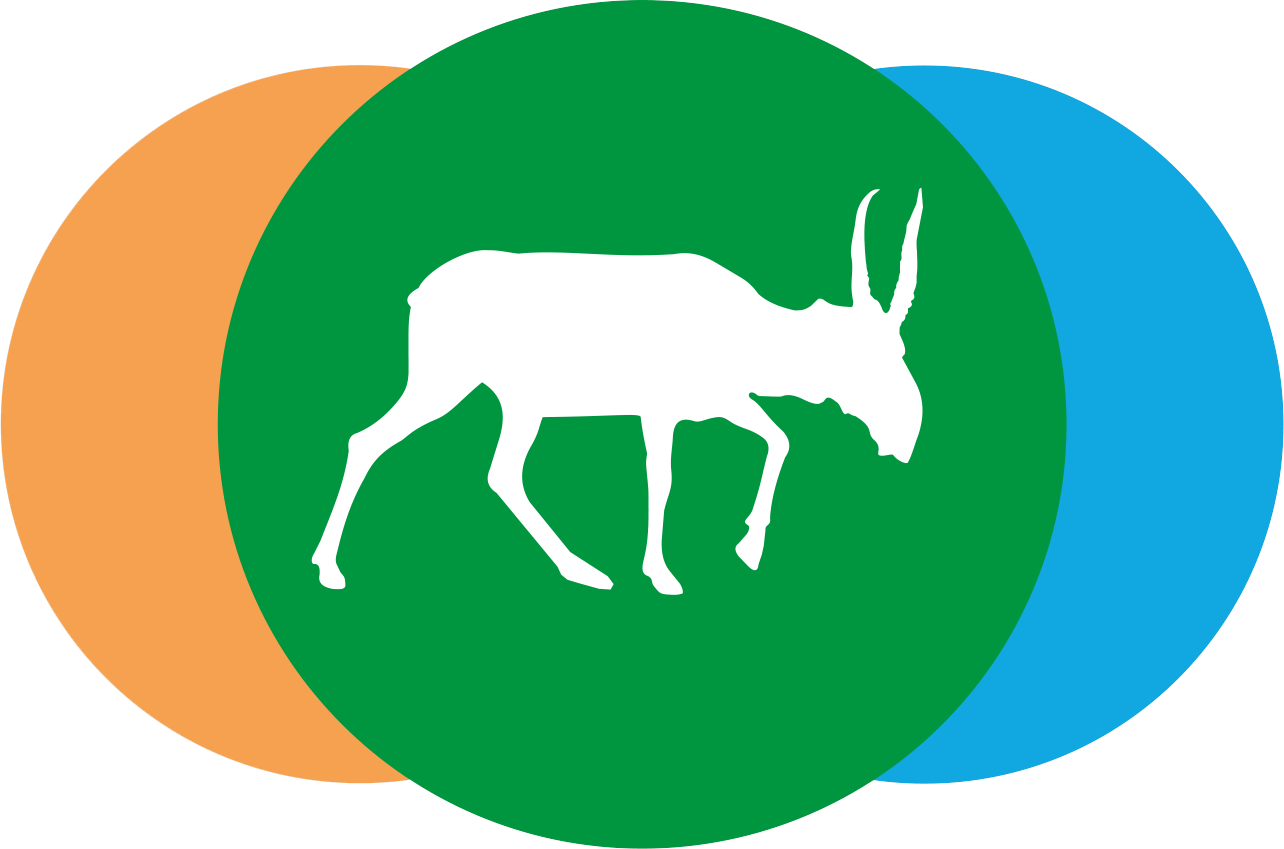Authors: Dimeyeva L.A., Salmukhanbetova Z. K., Malakhov D.V., Wunderlich J.
Abstract: The nature reserve was founded in 1939 in the limits of the Barsa Kelmes Island (the Aral Sea, Kazakhstan) for the conservation of the saiga antelope (Saiga tatarica) and goitered gazelle (Gazella subgutturosa). In 1953 kulan from Turkmenistan (Equus hemionus kulan) were introduced to the island.
![]() To download full version of article in PDF format – to open in the new tab
To download full version of article in PDF format – to open in the new tab
The drying up of the Aral Sea led to a junction with the mainland, in the late 1990s. In search of water animals began migrating. For more than 20 years, the rangelands of the former island have not been grazed. A comparative analysis of rangeland productivity between the modern period and the 1970-80s of the last century showed that it has been increased by almost 2 times due to 20 years break of grazing pressure. The natural diet of wild ungulates in the reserve includes 105 species of vascular plants belonging to 26 families and 70 genera. A rangeland map has been compiled based on the interpretation of satellite imagery and field data. The legend to the map contains 16 mapped units. Each mapping unit corresponds to a rangeland type. For each type of rangeland, the total yield is calculated for seasons of the year. The map provides important information for understanding the available forage resources for wild ungulates.
